











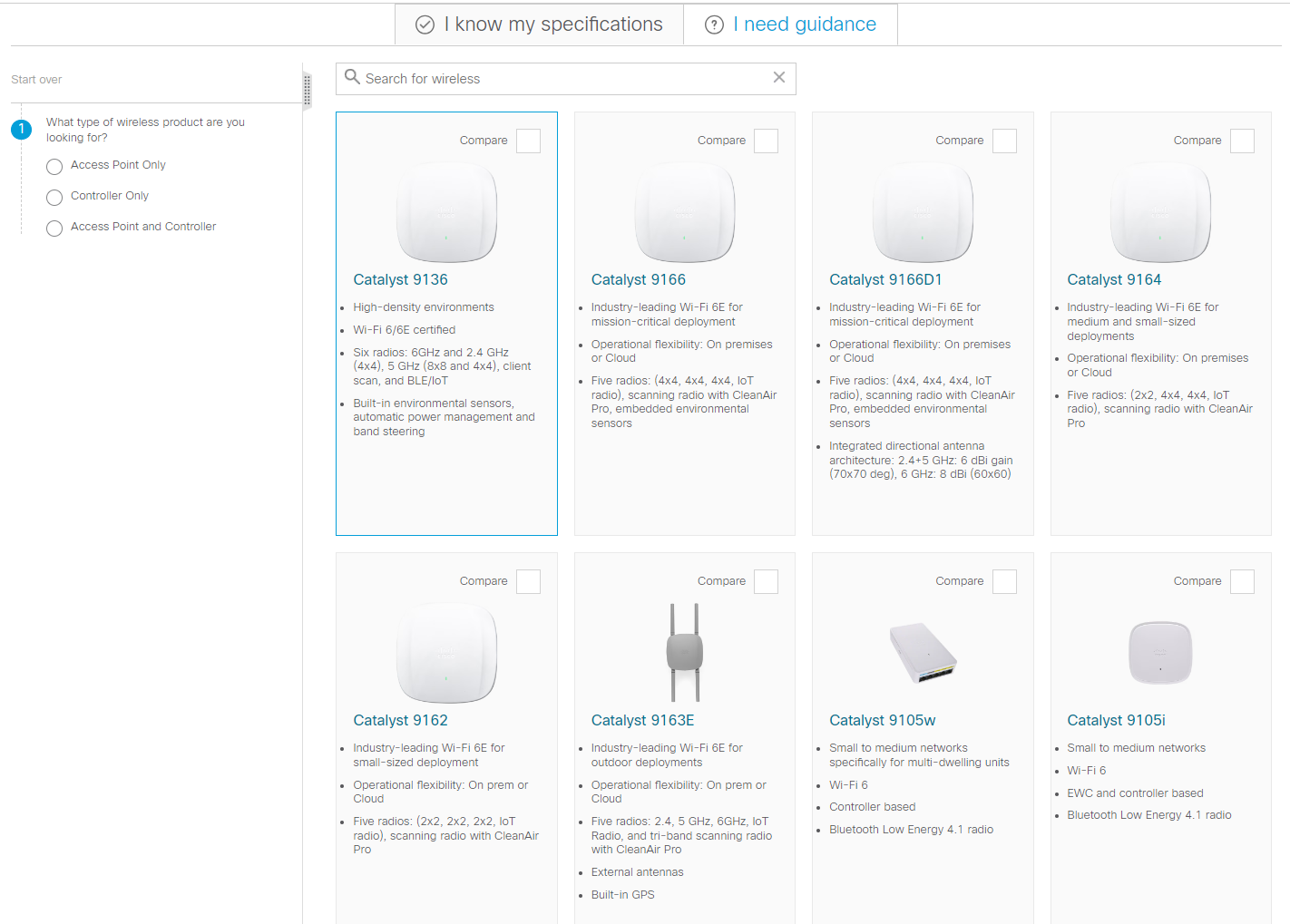
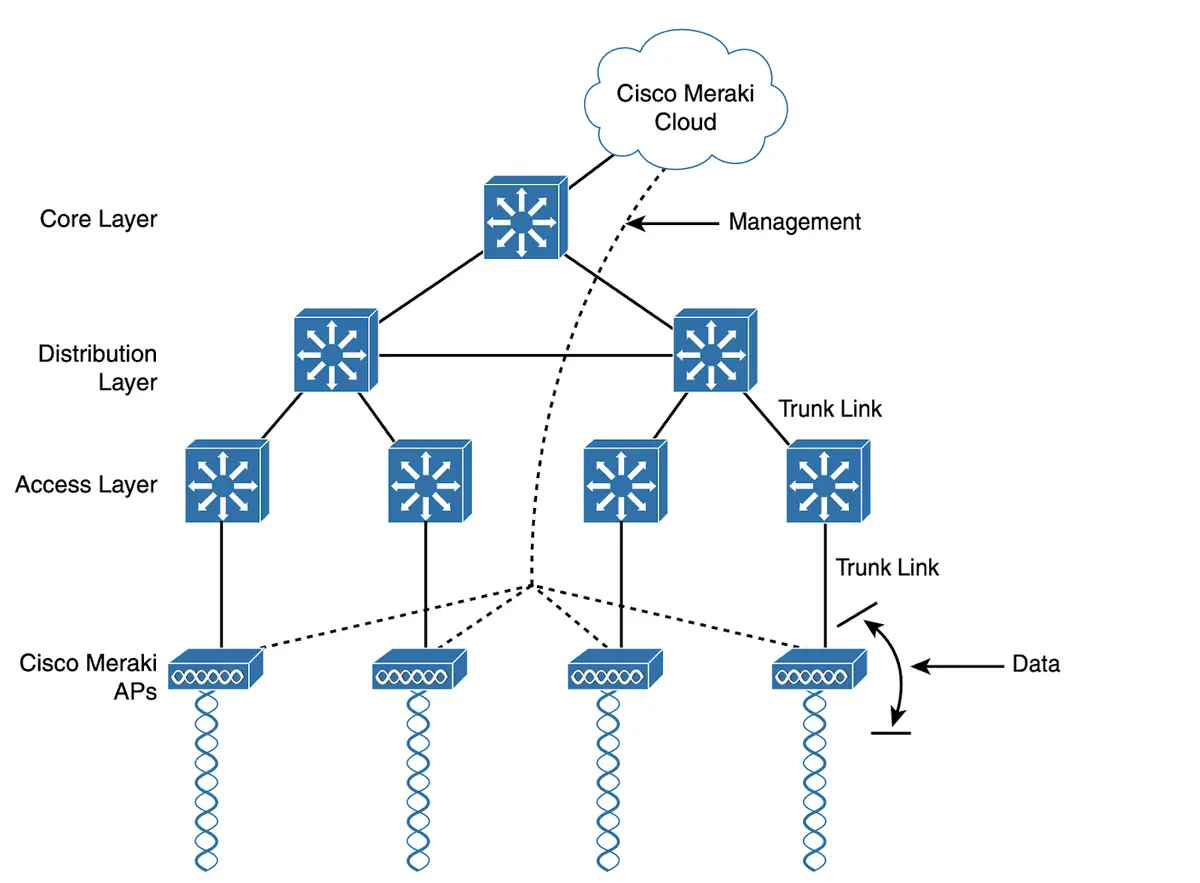


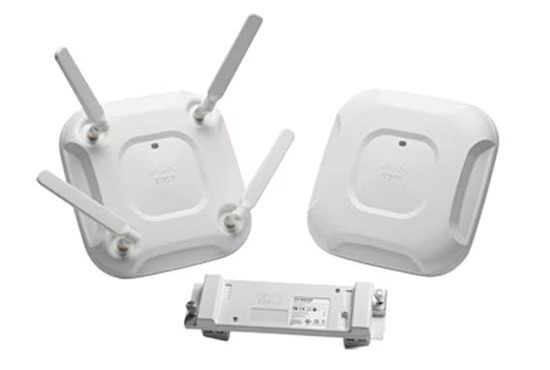


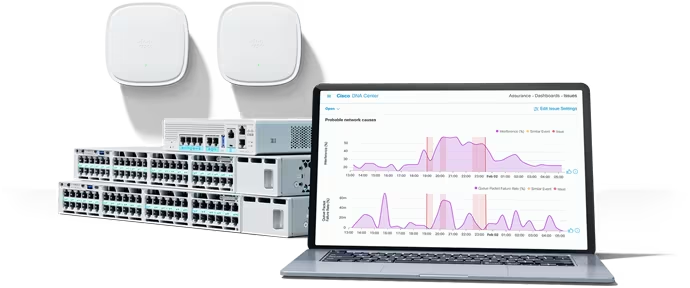




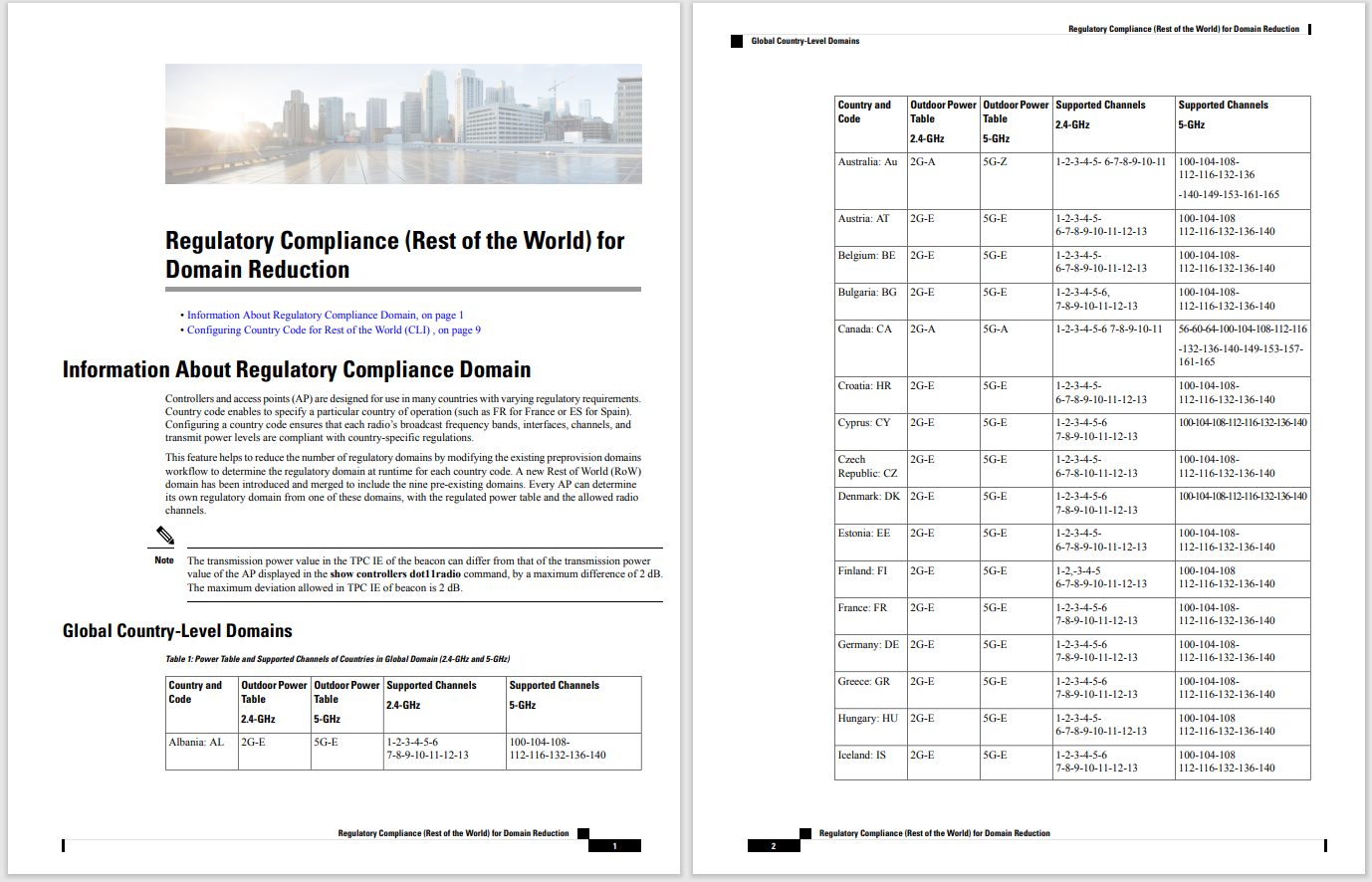
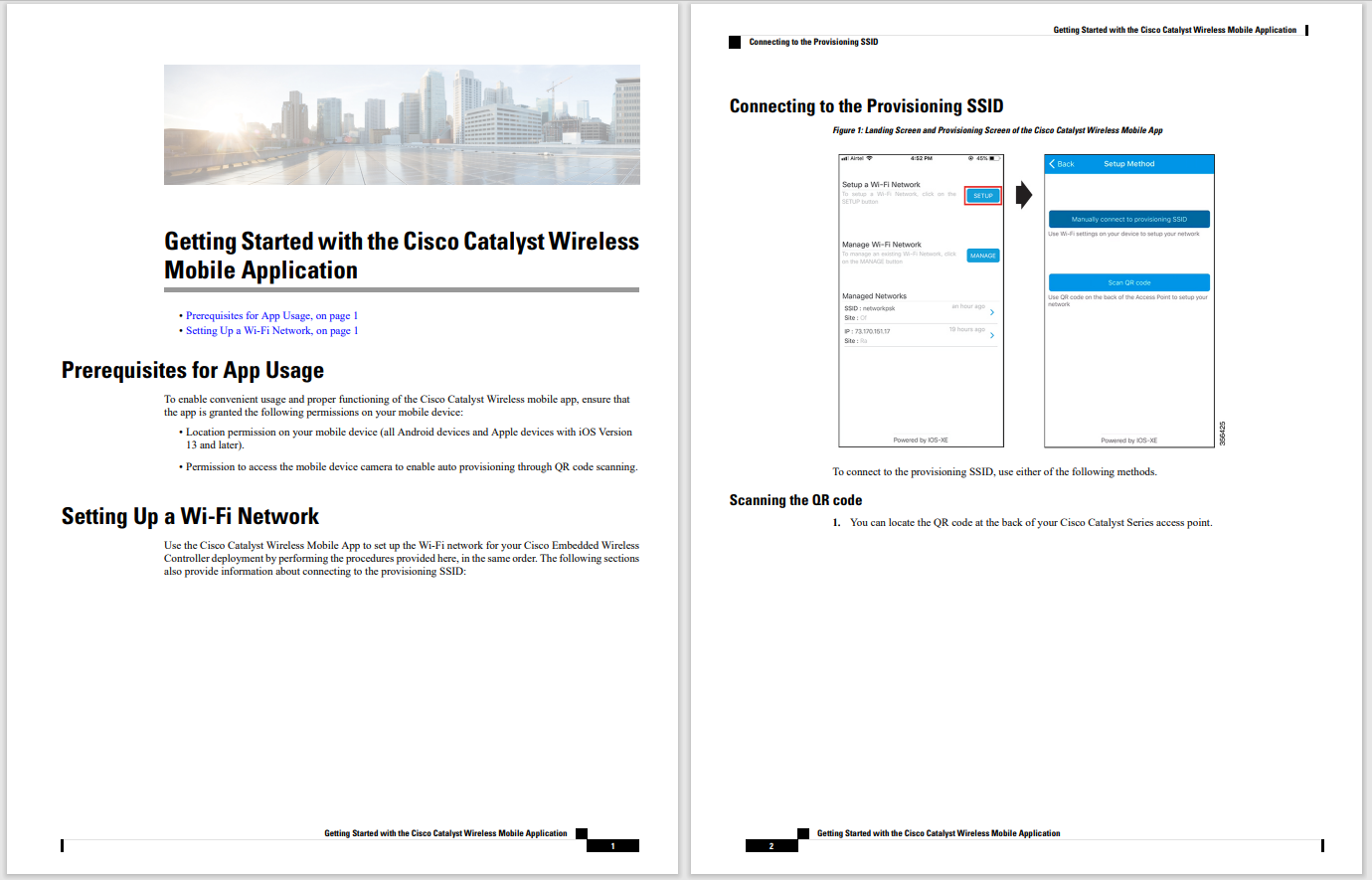


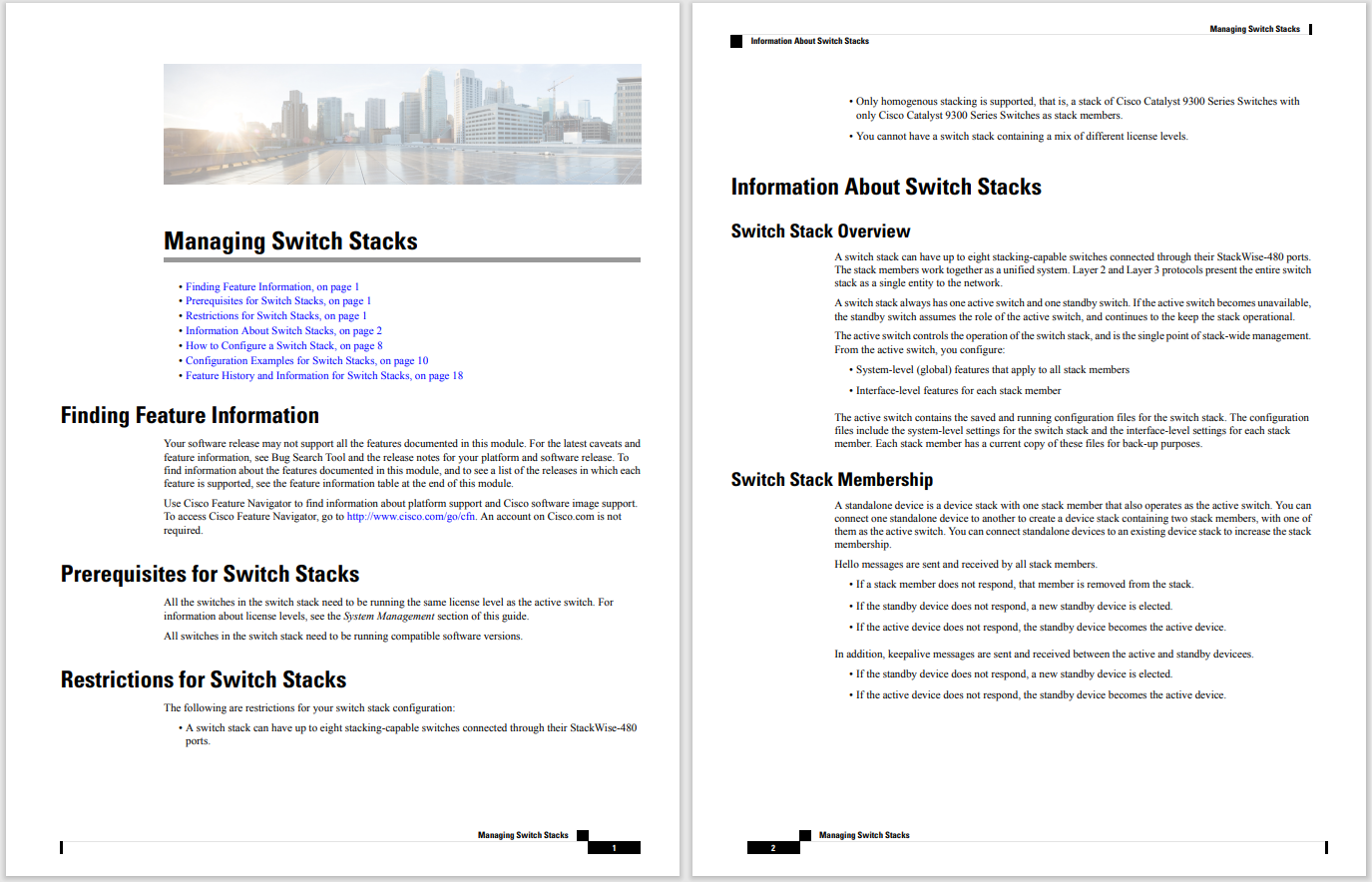
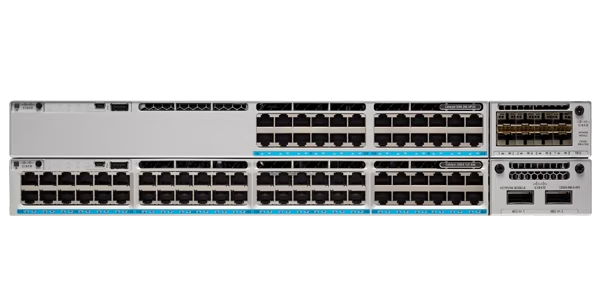


Apple is launching a new service, Apple Business Essentials, targeted at companies with 50 to 500 employees. The subscription-based service tackles the entire device lifecycle to help small businesses with limited resources and IT teams manage Apple devices. The service consists of several components: setup, onboarding, backup, security, support, repairs, and updates in a single subscription.
Apple created a user-oriented model rather than a device-oriented model to give employees a better experience when using Apple devices for work. Managed users can simply sign into their Business Essentials account and start working on the device right away. They also get a dedicated iCloud account to back up their work data separately from their data.
Unsurprisingly, most device management tools focus on managing devices, which made sense several years ago when most users had only a single work device. Now it's common for users to have a mobile phone, laptop, and often a tablet be part of their work tool kit. Managing from the perspective of the user ensures consistency of services and applications versus trying to replicate those across devices individually.
The process of adding users is simplified for IT with an automated setup using the Collections feature. A Collection includes the apps and settings that companies give their employees; these automatically get assigned to either users or user groups. For instance, if a user group exists and a new employee is added to that group, that person immediately gets the Collection assigned to them. This minimizes the downtime typically associated with device transitions.
Business Essentials comes with firewall settings and several security capabilities that allow IT to lock a device, wipe a device, or find a lost device, among other things. If an employee chooses to bring their own device, there is a feature that creates a partition for work data, which is treated separately from personal data.
In spring 2022, Apple also will launch a new support offering for small businesses called AppleCare+ for Business Essentials. The one-stop service for technical, hardware, and software support is designed for IT teams but also extends to employees. IT can refer employees directly to AppleCare+ with basic inquiries. Meanwhile, small businesses can make better use of their resources by having IT focus on complex or urgent inquiries. As part of AppleCare+, Apple also will be offering an on-site repair option, where Apple specialists come to the business location to fix devices.
As businesses shift to a hybrid work model, workers wind up being scattered all over the globe, making IT support more difficult. Help-desk employees no longer can walk over to a user and demonstrate how to complete a task. Instead, management needs to be done remotely, which is often significantly more difficult. AppleCare+ is an excellent augmentation to the IT organization because it offloads much of the heavy lifting involved in IT support for small organizations. Apple will even handle application issues, such as how to create Keynote presentations or create a Numbers spreadsheet.
Since Apple Business Essentials follows a user-based model, Apple created different plans that support multiple devices per person and support various storage needs. Some businesses, for example, may choose to give their employees a MacBook; others may supply a MacBook and an iPad, while others may allow their employees to bring their own devices.
There are three plans from which to choose under one subscription. The basic plan costs$2.99 per user per month for a single device and 50 gigabytes (GB) of storage. The second plan costs$6.99 per user per month for up to three devices and 200 GB of storage. The highest-priced plan provides 2 terabytes (TB) of storage for up to three devices and costs$12.99 per user per month.
On Nov. 10, Apple launched a beta version of Business Essentials, which will be free until next spring. In Spring 2022, the service will become broadly available with the three-plan subscription pricing. This allows customers to try the service at no charge and test its effectiveness before committing to it.
Apple is often accused of not being business-friendly, but the company has invested heavily in becoming a strategic supplier to its business customers. Too often choices are made by the IT department with little thought to the end-users, which is why the Microsoft Windows base is still so strong.
I talk to many users who want to use the combination of iPhone, MacBook, and iPad for work, but the corporate standard remains Microsoft. Programs like this can help ease the burden on IT to make the transition easier, enabling companies to give workers a superior "all-Apple" experience, versus having to mix and match Windows and Android.
 Tags chauds:
Maison & bureau
Tags chauds:
Maison & bureau